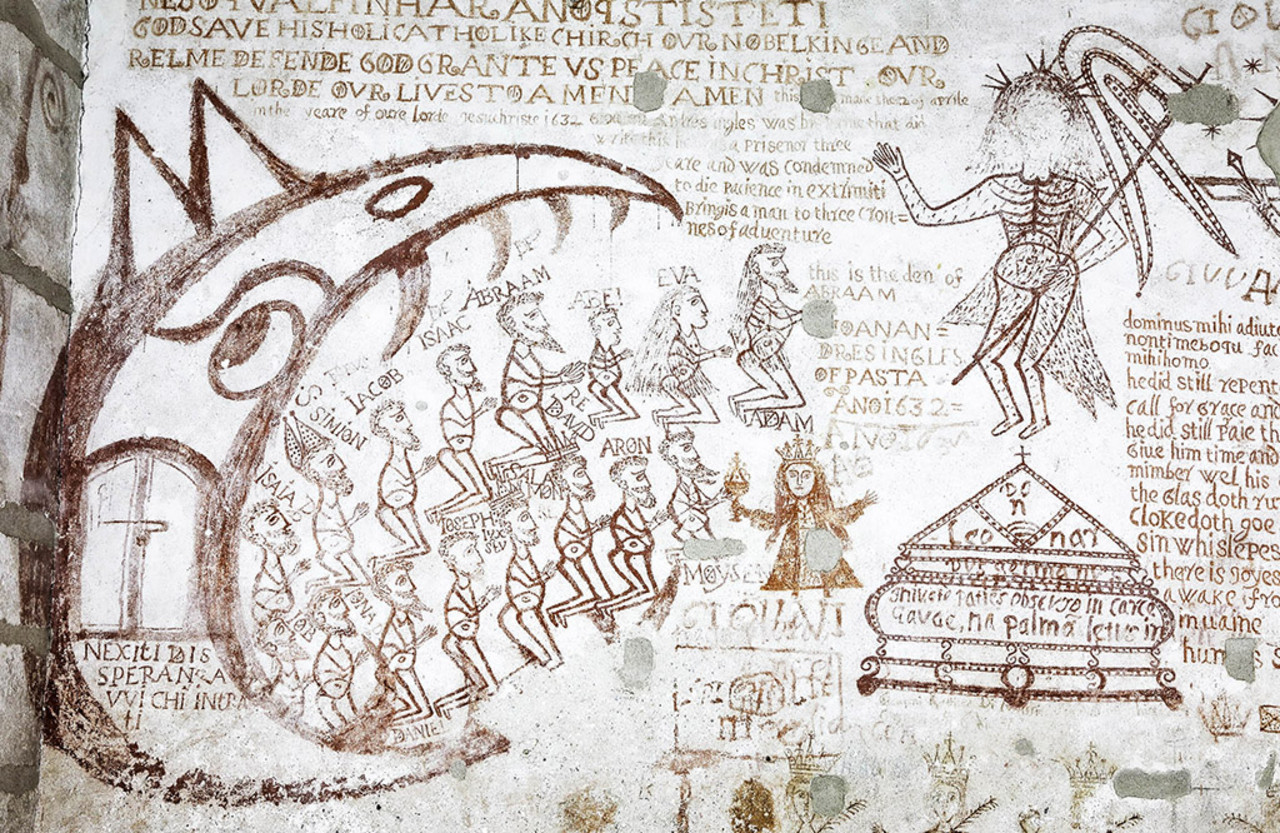GAP – Graffiti Art in Prison

Projektleitung: Prof. Dr. Gabriella Cianciolo Cosentino
Project funded by Erasmus+ Strategic Partnerships for Higher Education 2020-2023
A cooperation with SiMuA (Sistema Museale di Ateneo) – Università degli Studi di Palermo as well as the Kunsthistorisches Institut in Florenz – Max-Planck-Institut, Dipartimento di Scienze Politiche e delle Relazioni Internazionali – Università degli Studi di Palermo, Departamento de Historia del Arte – Universidad de Zaragoza, and Abadir – Accademia di Design e Comunicazione Visiva Catania.
Scientific Coordination: Gabriella Cianciolo Cosentino
Artistic Coordination: Laura Barreca
Project Management: Gemma La Sita
GAP – Graffiti Art in Prison connects Palazzo Chiaramonte (Steri) in Palermo with artistic expression in prisons today. This interdisciplinary project, funded by the EU Program Erasmus+, incorporates scientific research, didactic and artistic programs, and social engagement.
During the 17th and 18th centuries, the Steri was the site of the Tribunal of the Holy Office of the Inquisition and its prisons. The graffiti, a palimpsest of writings and drawings painted on the cell walls, are a corpus of inestimable historical, artistic, and anthropological value. These unique documents form both the core of the project and its point of departure to other sites of inquiry. The project also includes other Inquisition prison graffiti in Italy and Spain. These prisons held people of different religions from the Mediterranean diasporas and on those walls the prisoners left traces of their presence and messages to be deciphered: a ‘chorus’ of silent voices with different levels of meaning and a high degree of complexity.
Prison graffiti and wall paintings, both historical and contemporary, will be addressed and compared to other sites of detainment, such as psychiatric hospitals and concentration camps, spaces characterized by conditions of deprivation, separation, lack of freedom, and censorship. Thus, the project encompasses places of confinement in a broad sense and the creative responses to these specific environments in their multiple dimensions: material, corporeal, psychological, political, social, devotional, spatial, and temporal.
One of the primary aims of the project is to expose inmates to contemporary art practices through artistic programs and various forms of creativity. The goal is to improve their living conditions and to contribute to their future rehabilitation and societal reintegration. This project will also heighten social consciousness for art and architectural research. The recent coronavirus restrictions and space limitations, the violent protests that broke out in Italian prisons during the lockdown, and the issue of mass-incarceration and immigration detainment are crises that lend this inquiry into space and control a particular socio-political urgency.
Please find more information about the project and the involved researchers on the GAP project website (graffitiartinprison.it)